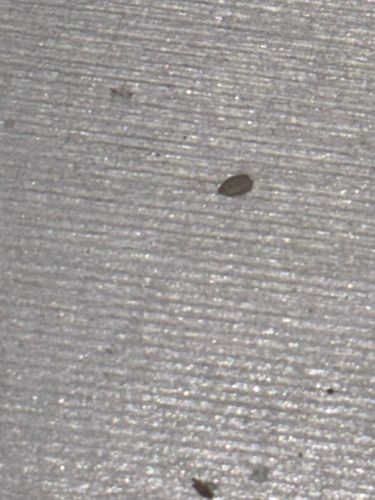Bed Bug
Scientific Name: Cimex lectularius
Order & Family: Hemiptera (Order), Cimicidae (Family)
Size: Adult bed bugs are typically 4-5 mm (0.16-0.20 inches) long and about 1.5-3 mm (0.06-0.12 inches) wide, roughly the size of an apple seed. Nymphs are smaller and translucent.

Natural Habitat
Bed bugs are commonly found in human dwellings, particularly in beds (mattresses, box springs, bed frames), upholstered furniture, cracks and crevices in walls, behind baseboards, and in electrical outlets. They prefer areas where people rest or sleep.
Diet & Feeding
Bed bugs are obligate hematophagous insects, meaning they feed exclusively on the blood of warm-blooded animals, primarily humans. They typically feed every 5-10 days, but can survive for several months without a blood meal.
Behavior Patterns
Nymphs and adults are typically found flattened against surfaces like walls, ceilings, and furniture, especially in crevices and cracks where they hide during the day. They are primarily nocturnal, emerging at night to feed. They are attracted to carbon dioxide and heat, which helps them locate hosts. A female bed bug can lay 1-5 eggs per day, producing 200-500 eggs in her lifetime. The eggs hatch in 6-17 days, and nymphs mature in 21 days to a few months, depending on conditions and food availability. Bed bugs typically live for 6-12 months.
Risks & Benefits
Potential Risks: Bed bugs do not transmit diseases, but their bites can cause itchy red welts, leading to skin irritation, allergic reactions, and secondary infections from scratching. Their presence can also cause significant psychological distress, including anxiety, insomnia, and paranoia. They are considered a public health pest. Potential Benefits: There are no known direct benefits of bed bugs to humans or the ecosystem. They are primarily a nuisance parasite.
Identified on: 8/29/2025